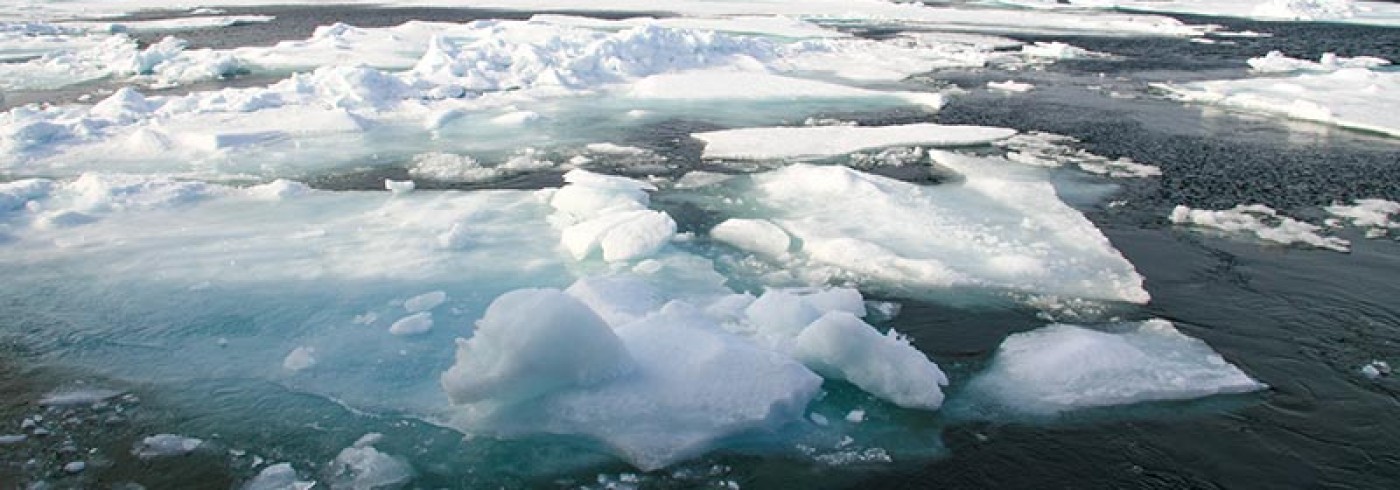Sculpins – collecting for the Swedish Museum of Natural History
The fact that the Arctic basin and shelves have a similar aquatic fauna which is subject to varying levels of pollution stress and to different degrees of relative isolation at population level, constitutes the lowest common denominator for collecting fish along the Tundra Northwest route. Samples were obtained both for long-term analysis of pollutants and for systematically oriented studies of geographic variation across the Atlantic. The target fish were sculpins, family Cottidae, and specifically the shallow coastal and estuarine species of the genera Triglopsis and Myoxocephalus.
Itinerary, methods
Fishing activities were performed principally by Anders Hansson and Peter Mortensen, Department of Vertebrate Zoology, Swedish Museum of Natural History; Mats Hjelmberg, Environmental Contaminant Monitoring Group, Swedish Museum of Natural History; John Jorgenson, Blair Dunn, and Jim Reist from Fisheries and Oceans Canada, and Ana Putar, Department of Earth Sciences, Dalhousie University.
Fishing was performed with gill nets of different meshes, arranged in sets of three connected nets, and usually with three such sets set at each fishing site. Longlines, 100 m long, with 50 books, were employed in suitable habitats, but did not yield any fish.
Specimens were divided in the field between the Department of Vertebrate Zoology, the Environmental Contaminant Monitoring Group, and Fisheries and Oceans Canada. Specimens for contaminant analysis were frozen. Specimens for systematic analysis were photographed alive, measured and weighed, and a small piece of muscle was removed for molecular analysis. Tissue samples were preserved in 95% ethanol, the systematic voucher specimens fixed in 10% formalin, for later storage in 75% ethanol.
Results
698 specimens belonging to nine species were collected during a fishing effort of 427 net hours. Only a few sites yielded quantities of specimens. The first leg, to Paulatuk, met with considerable ice and experienced difficulties administering nets in the drifting ice. At Somerset Island all nine nets were lost under ice, and in other locations fishing was curtailed because of bad weather.
Notably, the richest catch was from river mouths, sites 7 (Victoria Island), 8 (Paulatuk), 12 (Devon Island), and the sheltered bay at Devon Island (site 16, Dundas Harbour), suggesting that shallow water species’ richness and biomass may be concentrated to areas of considerable terrestrial influence.
Species identification remains tentative until specimens have been examined in the laboratory, but at least eight species were distinguished, and some specimens referred to undetermined species of the family Cottidae.
Most species sampled were benthic, and shorthorn sculpin (Myoxocephalus scorpius) and fourhorn sculpin (Triglopsis quadricornis) dominated the number of specimens. Only three open water species were sampled, in smaller numbers, viz. Polar cod (Boreogadus saida), Greenland cod (Gadus ogac) and Arctic char (Salvelinus alpinus).
Limanda proboscidea Gilbert 18986, a small pleuronectid flat-fish, is recorded for the second time from the Canadian Arctic. The species is well known from the north Pacific, in the Sea of Okhotsk, the Bering Sea, and the southern Chukchi Sea.
Further work will now proceed with comparative analyses especially of eastern Atlantic and Canadian Myoxocephalus. All systematic samples will be identified and collecting data will be available from the NRM Ichthyology Section website. Samples for pollutant analysis will be used as bioindicators for air-borne environmentally toxic substances transported from warmer climate zones to the Arctic. These studies will be performed by the Environmental Contaminant Monitoring Group of the NRM as international co-operation within the Arctic Monitoring Assessment Program (AMAP).
Dates
1 July–30 August 1999
Participants
Principal investigator
Sven O. Kullander*
Swedish Museum of Natural History
Stockholm, Sweden
Principal investigator
Mats Olsson*
Swedish Museum of Natural History
Stockholm, Sweden
Blair Dunn
Fisheries and Oceans
Canada
Anders Hansson
Swedish Museum of Natural History
Stockholm, Sweden
Mats Hjelmberg
Swedish Museum of Natural History
Stockholm, Sweden
John Jorgenson
Fisheries and Oceans
Canada
Peter Mortensen
Swedish Museum of Natural History
Stockholm, Sweden
Ana Putar
Department of Earth Sciences, Dalhousie University
Canada
Jim Reist
Fisheries and Oceans
Canada
*Not participating in the expedition

